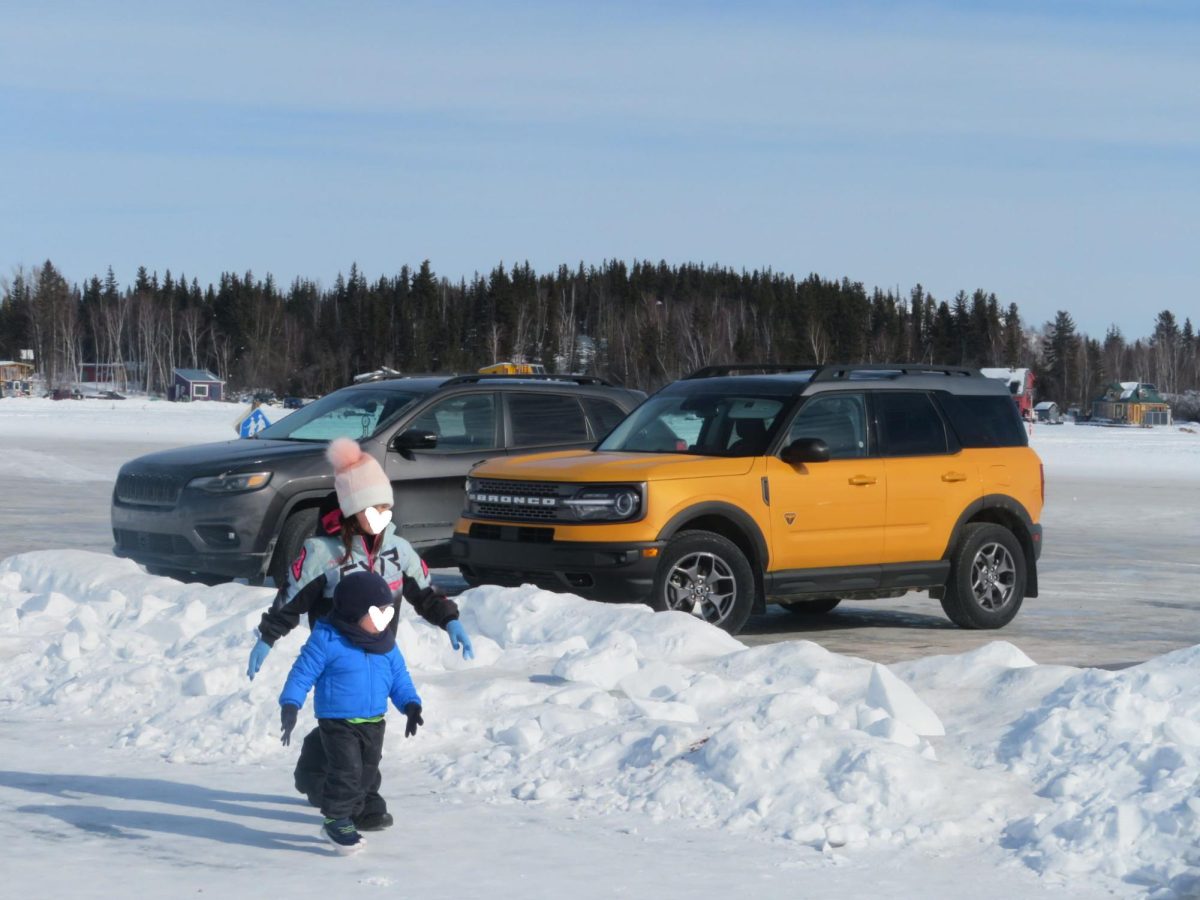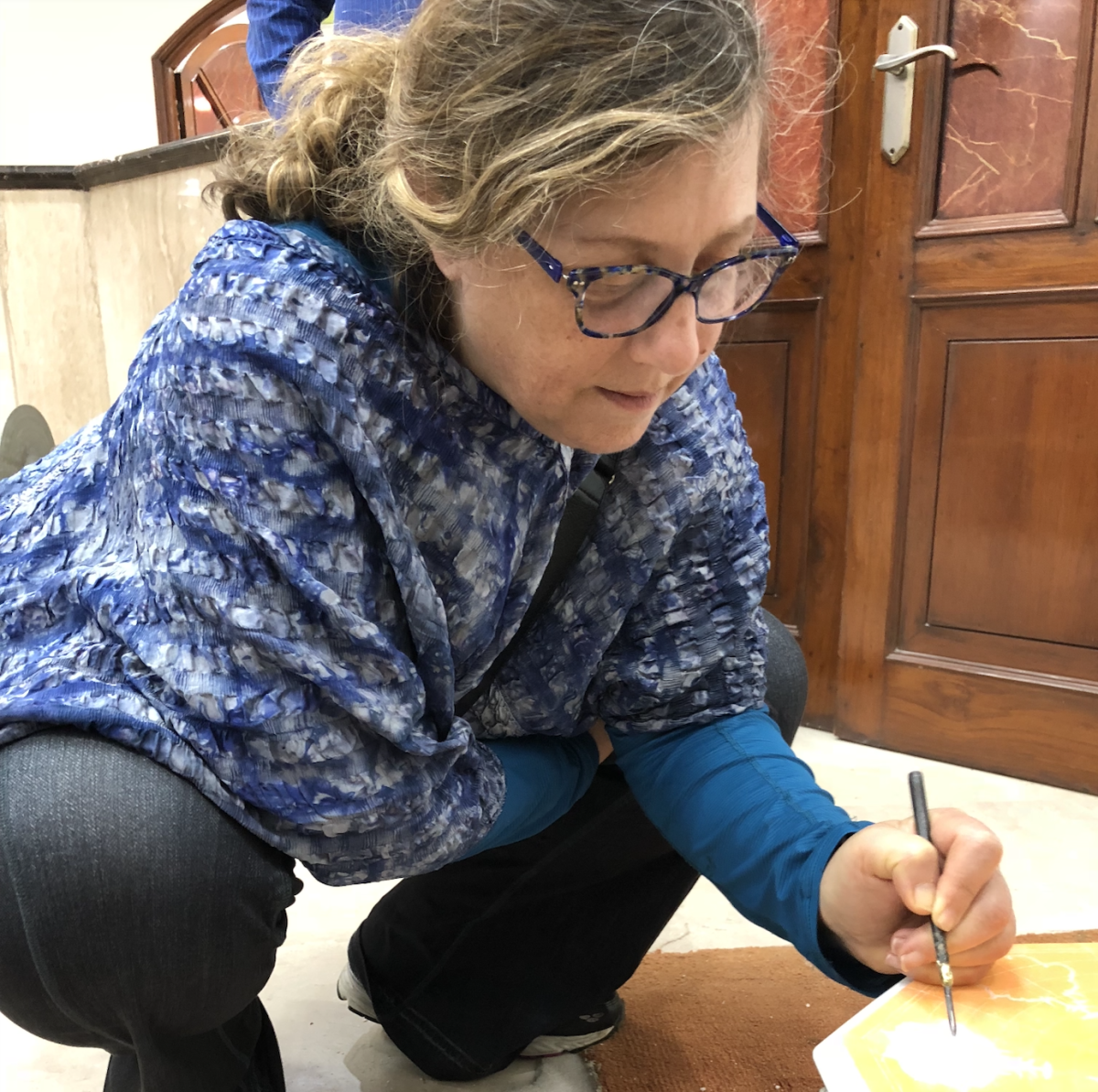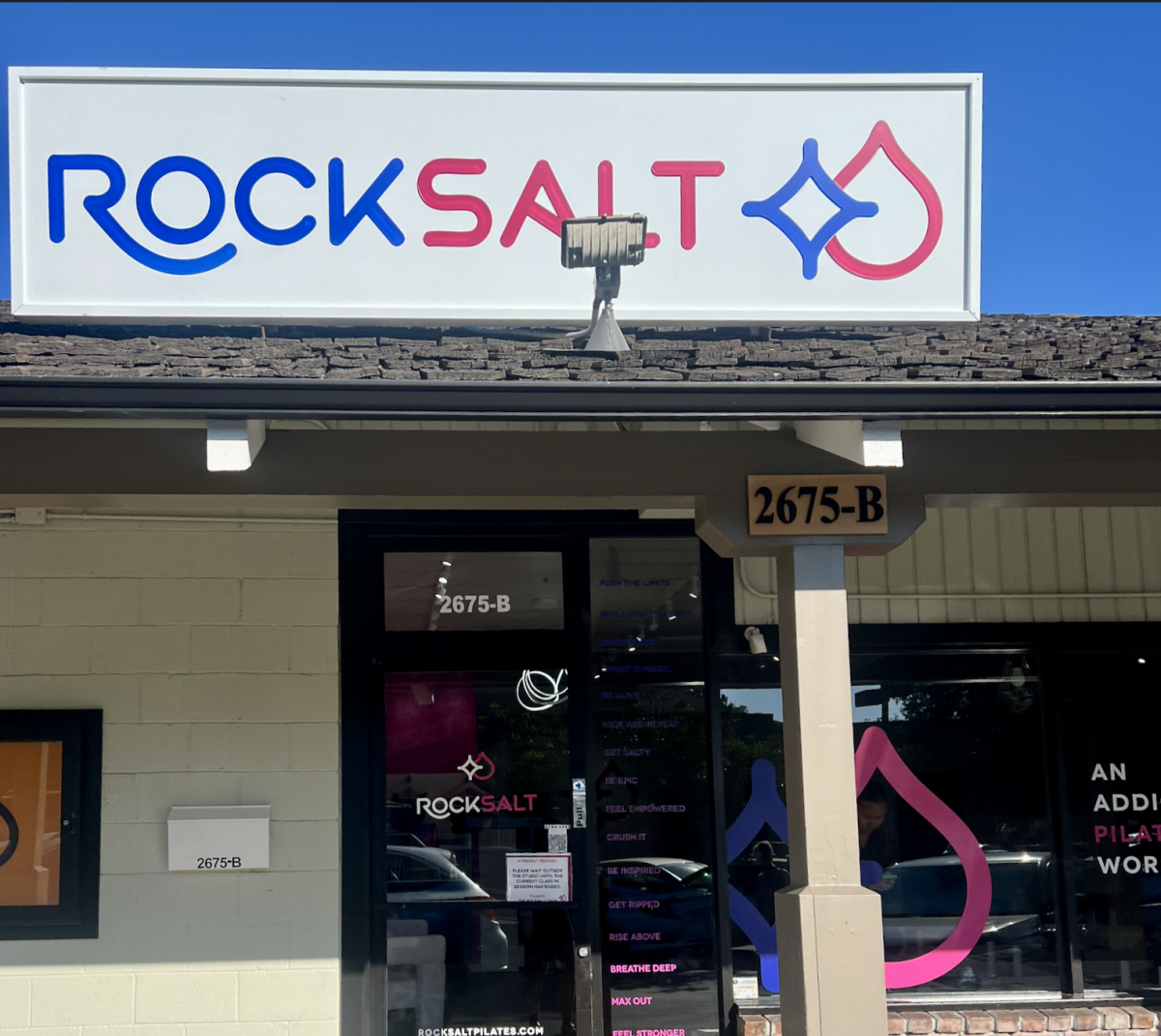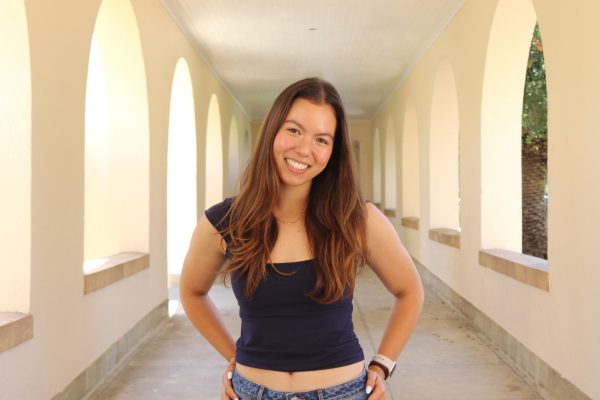It’s no secret that the field of scientific research has expanded exponentially over the last several decades, making discoveries like cures to previously-uncurable illnesses or innovative, life-altering technology. Many of these scientists, however, go unrecognized — case in point, Asian American scientists according to PubMed.
To celebrate the scientific achievements of Asian American scientists, over 2,000 attendees visited the Asian American Pioneer Medal Symposium & Ceremony, organized by the Asian American Scholar Forum, between July 25-27 at Stanford University. From viewing fireside chats with NVIDIA Chief Executive Officer Jensen Huang to keynote addresses with Nobel laureate and inventor of the blue LED light Shuji Nakamura, listeners had the opportunity to hear directly from Asian American scientists about their academic and life experiences.
Panelist and Stanford University Clinical Professor of Anesthesiology Xiang Qian said that the symposium offers a one-of-a-kind opportunity for attendees to learn about the backstory behind some of the most revolutionary scientific achievements and startups.
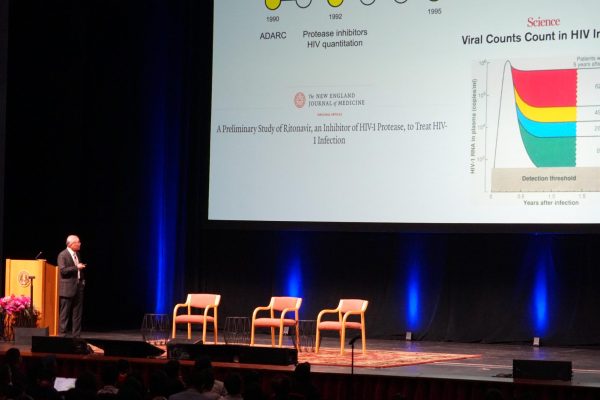
“This is a very unique, multidisciplinary type of meeting where science, technology, entrepreneurs, AI [artificial intelligence] and medicines are the frontier,” Qian said. “[Having] people, researchers, investors, professors, politicians and legendary figures come to this platform is very unique.”
In a keynote lecture by “Time Magazine” 1996 Man of the Year David Ho — the scientist who pioneered treatment for human immunodeficiency virus (HIV) and acquired immune deficiency syndrome (AIDS) — attendees learned more about his career and what led up to his groundbreaking research that transformed AIDS from a terminal to chronic illness.
“We went through 15 years of having no solutions, and it seemed like it was impossible to accomplish,” Ho said. “But ultimately, through the collective work of the scientists in the field, our major breakthroughs were made and … [had an] impact on society.”
What was especially unique about this event was its emphasis on celebrating Asian American voices in America, according to panelist and Statistics Professor at Harvard University Xihong Lin.
“There’s never been this type of celebration for Asian Americans,” Lin said. “As you can see from today’s program and also yesterday’s program, they have contributed so much to science and to society, and it’s important to have the opportunity to recognize their contribution.”
In a similar vein, student volunteer Alvin Zhang said the symposium brought a meaningful spotlight to the contributions the Asian American community has had towards science.
“As a minority, a lot of the achievements that we do are sort of swept under the road, or they’re not as recognized,” Zhang said. “An event like this is a good way to show off all the cool achievements and advances that we’ve made to science and engineering.”
Throughout the three-day event, panels covered topics ranging from environmental science to neuroscience to public policy. On the second day, the Asian American Pioneer Medal was awarded to five Asian American scientists to honor their discoveries. Along with this, Fred Korematsu, Karen Korematsu and Aiko Herzig-Yoshinaga were awarded the Asian American Justice Medal to recognize their fight for justice following the incarceration of Japanese Americans during World War II.
For attendee Cynthia Cai, hearing from the speakers at this event and their achievements helps others learn from positive examples and gain a sense of inspiration while learning something new along the way.
“These people are role models for us here in the United States,” Cai said. “The panelists are doctors and scientists. They are so successful, … and they contribute their knowledge, inspiring more and more people.”
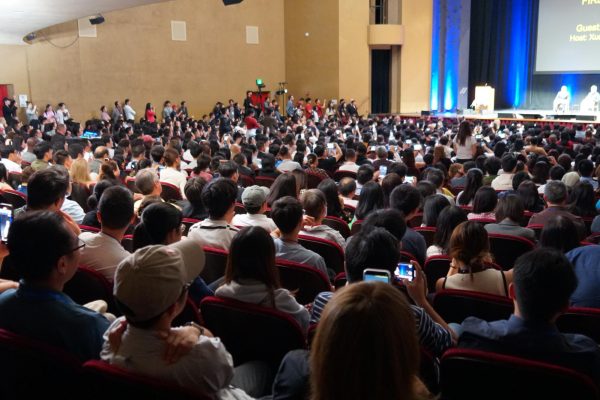
Qian said it’s the open-minded, welcoming atmosphere that separates this symposium from other professional meetings, gatherings or presentations.
“[Through this event,] I learned from other industries how technology, AI [artificial intelligence] and robotics, can help medical professionals to do a better job and take better care of patients,” Qian said. “I wouldn’t get this type of exposure if I’m just going to my own professional society meeting. This type of meeting gave me that kind of insight, inspiration [and] opportunities to work with other people from different backgrounds.”
At its core, the Asian American Pioneer Medal Symposium & Ceremony brought the widespread yet tight-knit community together to highlight the contributions of Asian American immigrants in the United States and what their presence in the U.S. offers.
“Most of the Asian Americans are either first generation immigrants or second generation immigrants in this country,” Qian said. “It’s really important to tell the community and the public: What does it mean to have immigrants in this country, and what have they brought to the country?”
Scientific research is constantly growing and in-demand; and for many, it is through America’s historically welcoming atmosphere that countless scientists have found opportunities to explore their interests — something that, in a fireside chat, Huang said his listeners must preserve.
“[Previously,] there was a separation between competition of countries and the needs of countries to still have this incredible melting pot for all of the people represented here to be welcomed, be given opportunity and to be able to do the things that I’ve had the privilege of doing,” Huang said. “And so, I hope that we continue to protect that. And I count on all of you to continue to be the shining examples of the American dream and what immigrants can do.”
View our Instagram post (@c__magazine) to see additional photos.


![UNSUNG HEROES — Fred Korematsu, Karen Korematsu and Aiko Herzig-Yoshinaga are awarded the Asian American Justice Medal to recognize their fight for justice following the incarceration of Japanese Americans during World War II. In addition, scientists Shuji Nakamura, David Ho, Tsoo Wang, Mani Menon and Chih-Tang “Tom” Sah receive the Asian American Pioneer Award. "[As a scientist,] it is crucially important to be able to communicate your work and your discoveries to [not only] other scientists, but also to the general public," Ho said. Photo by Talia Boneh](https://cmagazine.org/wp-content/uploads/2025/07/useee-1200x800.jpg)
